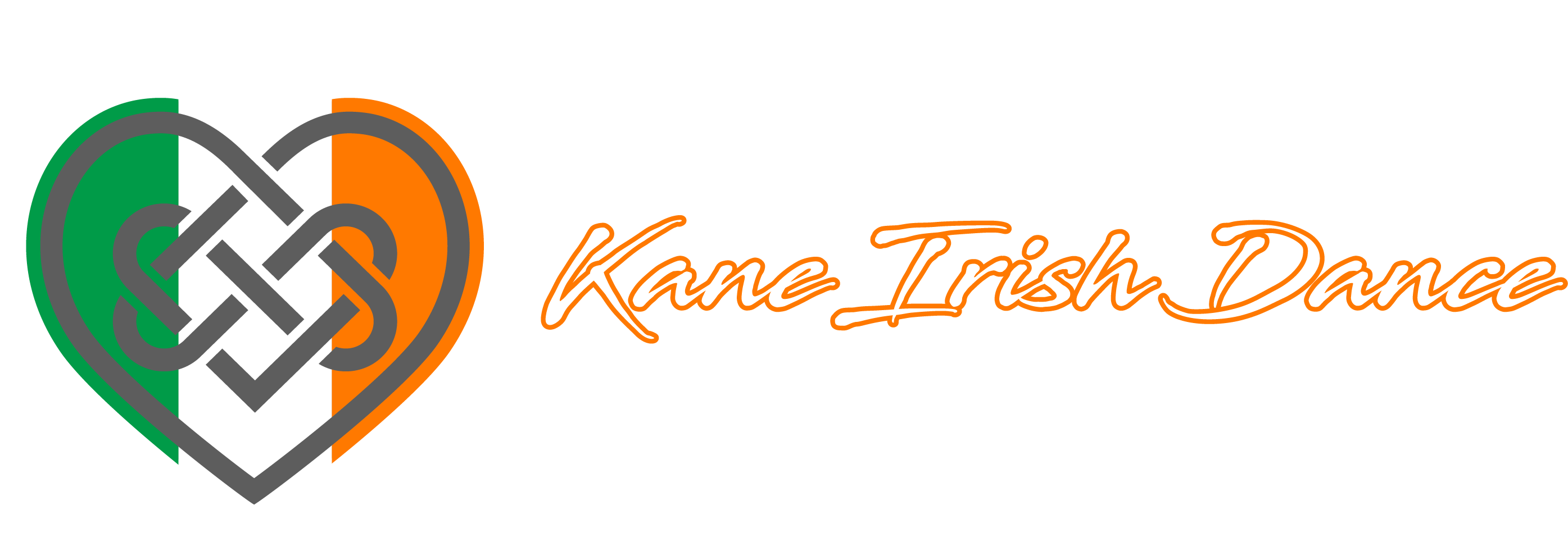[ad_1]
From Solo to Synced: How Teamwork Takes Irish Dancing to New Heights
The Power of Teamwork in Irish Dancing
Irish dancing is a captivating and vibrant art form that encompasses intricate footwork, precise movements, and an undeniable sense of rhythm. Traditionally performed by solo dancers, Irish dancing has evolved to incorporate the power of teamwork, taking the art form to new heights and pushing the boundaries of creativity. In this article, we will explore how teamwork has transformed the world of Irish dancing and the benefits it brings to dancers, choreographers, and audiences alike.
The Evolution of Irish Dancing
Irish dancing has a rich cultural heritage dating back centuries, with its roots in traditional folk dances. Historically, Irish dancing was primarily a solo endeavor, with dancers showcasing their individual skills and techniques. However, over time, choreographers and dancers recognized the potential for collaboration and innovative group performances.
One notable example of this evolution is the globally acclaimed show “Riverdance,” which debuted in 1994. “Riverdance” revolutionized Irish dancing by combining traditional steps with contemporary music and elaborate group routines. The explosive success of this production brought Irish dancing to the attention of a wider audience and sparked a wave of interest and innovation in the art form.
Collaboration Breeds Creativity
Teamwork in Irish dancing not only allows dancers to work together but also fosters creativity and innovation. When dancers collaborate, they bring diverse perspectives and ideas to the table, pushing the boundaries of traditional Irish dance steps and creating exciting new routines.
Moreover, choreographers often act as the driving force behind collaborative efforts. They work closely with dancers to craft visually stunning performances that blend traditional and modern elements. By combining their expertise with the unique talents of each dancer, choreographers create dynamic and engaging routines that captivate audiences.
The Role of Synchronization
One of the key elements that teamwork brings to Irish dancing is synchronization. Through practice and coordination, dancers learn to move in perfect unison, creating a visually breathtaking display of precision and timing.
Synchronization not only enhances the aesthetics of the performance but also amplifies the impact. When a group of dancers moves in perfect sync, it creates a sense of unity and harmony that resonates with the audience. The collective energy generated by a synchronized performance elevates the overall experience, leaving a lasting impression on those watching.
Benefits for Dancers
Working as part of a team offers numerous benefits to individual dancers. Collaboration allows dancers to learn from their peers, expanding their skillset and knowledge of the dance form. By sharing ideas and techniques, dancers are continuously challenged and inspired to improve their own abilities.
- Dancers experience a deeper sense of camaraderie and mutual support.
- They build lasting friendships with their fellow dancers, fostering a sense of belonging and community within the dance group.
- Teamwork encourages dancers to trust and rely on one another, creating a bond that translates into an extraordinary on-stage connection.
Greater Opportunities for Choreographers
The emergence of teamwork in Irish dancing has also opened up new opportunities for choreographers to showcase their creative talents. By incorporating group performances, choreographers can experiment with different formations, patterns, and movements, offering a fresh perspective on traditional Irish dancing.
Choreographers now have the opportunity to create intricate and visually stunning routines that captivate audiences. They can push the boundaries of what is possible in Irish dancing and experiment with innovative concepts that would be challenging to achieve in solo performances.
Furthermore, group performances provide a platform for choreographers to collaborate with other artistic disciplines, such as musicians, costume designers, and set designers. These collaborations create an immersive experience for the audience and elevate the overall quality of the performance.
Delighting Audiences Through Collaboration
The advent of teamwork in Irish dancing has undoubtedly captivated audiences worldwide. Collaborative performances bring a new level of excitement and energy to the stage, with synchronized movements and intricate formations mesmerizing viewers.
When watching a group of dancers seamlessly blend their skills and synchronize their movements, audiences are transported into a world of rhythm and beauty. The collective talent and dedication of the dancers enhance the overall quality of the performance, leaving the audience yearning for more.
Conclusion
From its humble origins as a solo dance form, Irish dancing has evolved to embrace the power of teamwork. Collaboration in Irish dancing has introduced new levels of creativity, synchronization, and camaraderie that have transformed the art form. Dancers now have the opportunity to learn from one another, build lasting friendships, and create breathtaking routines that captivate audiences. Choreographers can explore new territories and collaborate with other artistic disciplines to offer fresh and unforgettable experiences. Ultimately, teamwork has taken Irish dancing to new heights, enriching the world of dance and delighting audiences worldwide.
[ad_2]
